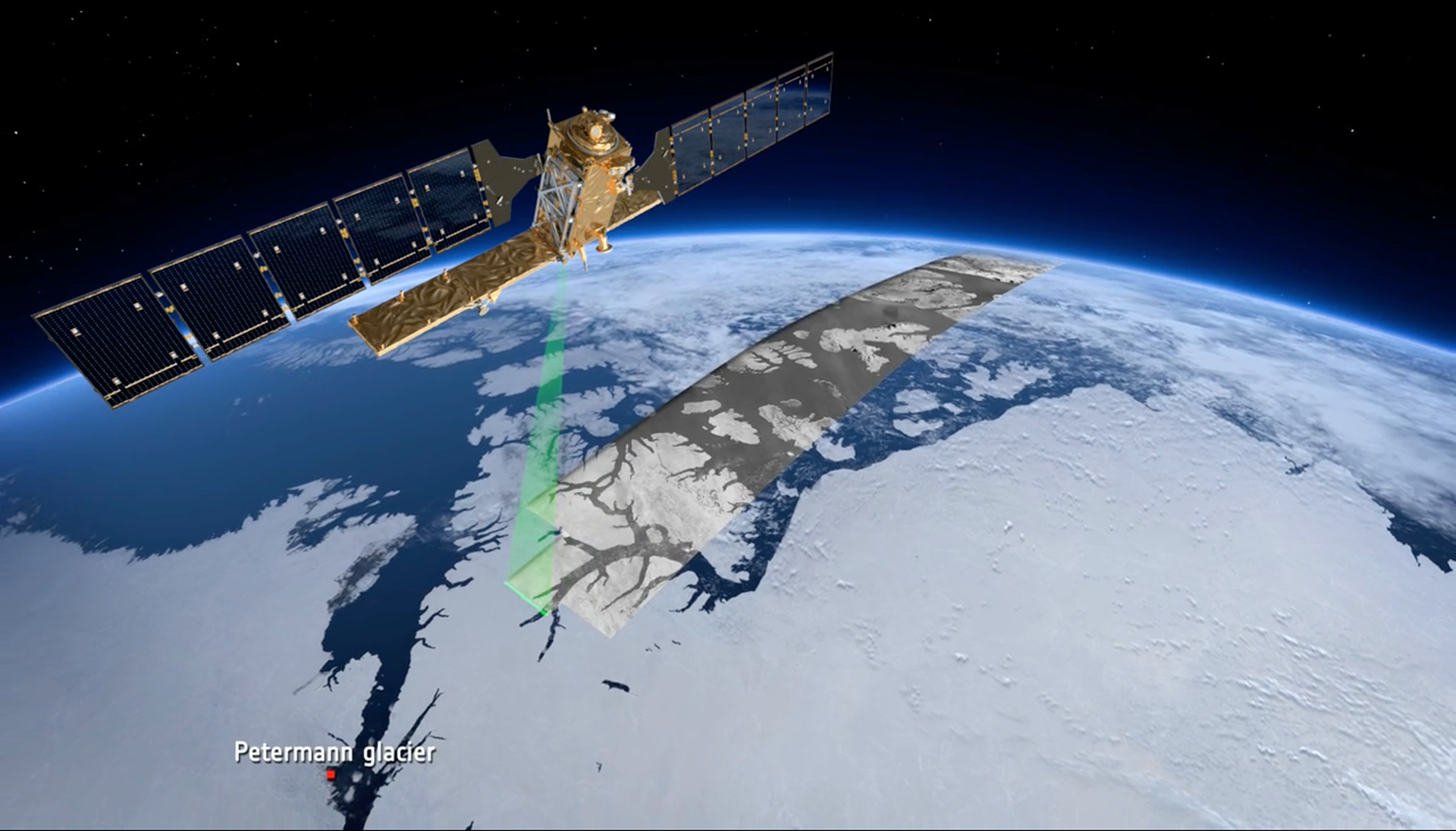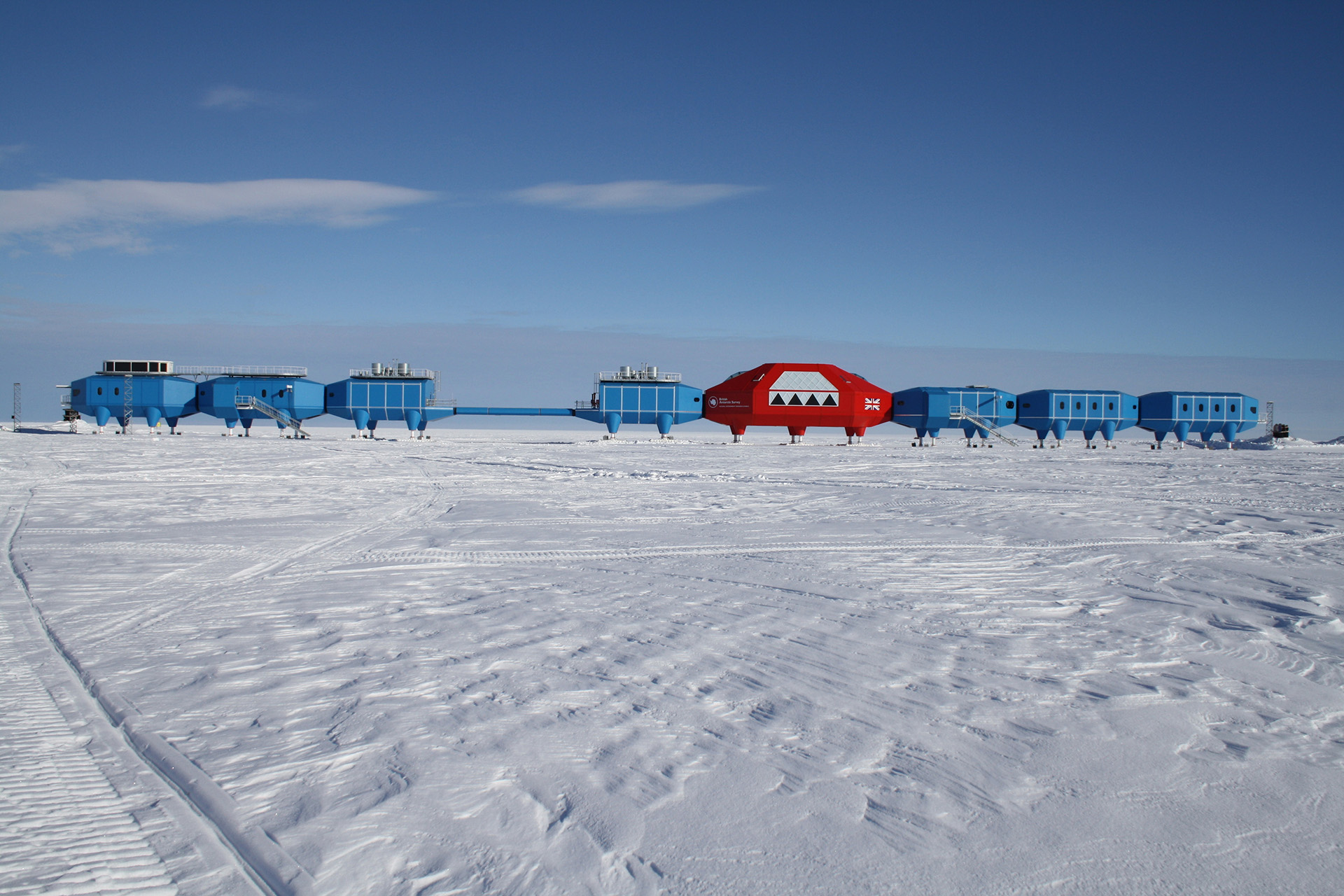Satellite images warn Antarctic scientists to evacuate their base!
06 March 2017
Deep in Antarctica is a cutting-edge laboratory called Halley VI. From here, scientists study global problems such as climate change and rising sea-levels. Two ESA satellites, Sentinel-1 and Sentinel-2, were observing the region around the Halley VI base from orbit. They discovered a large crack appearing in the ice! Since it was discovered in October it was nicknamed the Halloween Crack. This was going to put the scientists’ lives at risk, so the decision was made to evacuate them and close Halley VI for the winter.
It is fairly common for small cracks to appear on ice shelves, and sometimes pieces fall off the edge into the sea and become icebergs. But the Halloween Crack spotted by the Sentinel satellites was big, and getting bigger – by up to 600 metres every day! The Halley VI lab is actually designed so that it can be moved away from cracks in the ice, but the Halloween Crack was zig-zagging in a way that was difficult to predict, making it very risky for the scientists to stay. To keep them from danger, they were moved out of the lab and to safety.
Normally around 70 people live and work at Halley VI during the summer months. Fewer than 20 are there over the winter, when temperatures reach as low as -55°C. This is actually the first winter that the base has been completely closed!
As well as possibly saving the scientists’ lives, the images taken by the Sentinel satellites are helping us to learn more about ice shelves, and how they grow, shrink, and crack.
Cool fact: Sentinel-1 has a radar imaging system so that it can take pictures even in the dark winter months when there will not be enough light to take regular photos.






